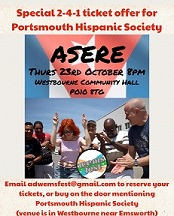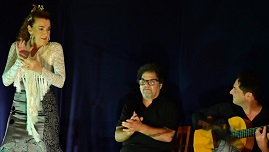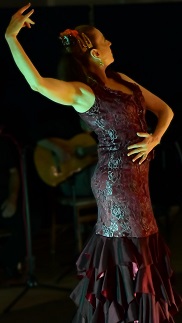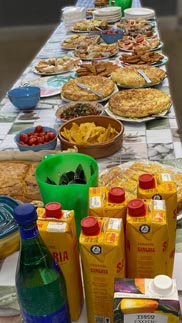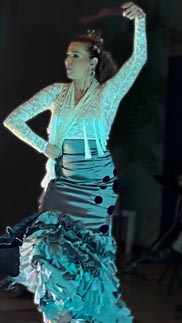¡Bienvenido!
The Portsmouth Hispanic Society offers presentations and discussions on a wide and eclectic range of Hispanic topics.
Something of interest to anyone interested in all aspects of Hispanic culture and life. We welcome visitors to any of our meetings.
The Aims of the Society
- To further the understanding of all aspects of Hispanic culture and life
- To provide a meeting point for those interested in the Hispanic world
- To provide inexpensive tuition in the Spanish language at a range of levels
Society Activities
The main activities of the Society are Spanish language classes and the Monthly Meetings. The meetings are a social evening, with tapas, accompanied a presentation or demonstration followed by discussions.
One or two external social events are also held during the year.
Our Monthly Meetings are conducted in English. Some Spanish may be spoken but will be translated.


 Meetings are held at
Meetings are held at 
